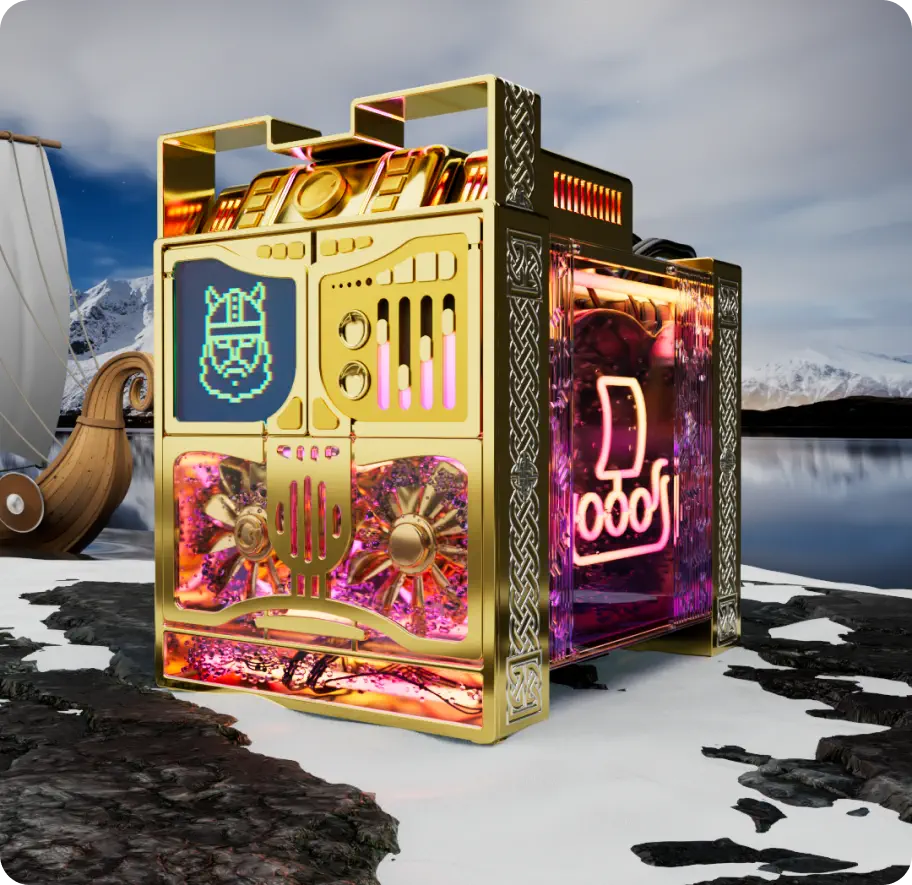
The Bizarre Truth Of Madagascar’s Ancient ‘Crazy Beast’
Mammals haven’t had a game plan figured out for all that long. Sure, today we fit into a couple of subclasses and can, with a few exceptions, be pretty easily identified at a glance, but there was a good long stretch of time when Earth’s warm blooded denizens were, from an evolutionary standpoint, nature’s undeclared majors. The Palaeozoic, Mesozoic, and even the Cenozoic eras were lousy with furry, fleshy prehistoric weirdos: Australia was home to a hippo-sized wombat called Diprotodon, rhinoceroses spent a few million years not sure how many horns was too many, and the Spanish island of Menorca was once the home of Nuralagus Rex, a fifty pound rabbit.
And then you have Madagascar, where evolution goes full-on Sid’s room from Toy Story. The nation off the southeast coast of Africa has been a point of fascination for researchers for years thanks to its isolated nature, and the 70 million some odd years that it’s spent separated from the mainland gave it plenty of time to develop its own unique brands of prehistoric faunal strangeness. They had five foot lemurs that looked like Alf, reported on here by the Daily Mail. There was the Elephant Bird, which Britannica describes as a 1,000 pound nightmare ostrich.
And now there’s Adalatherium hui, a newly uncovered species. Nobody’s really sure what its deal was.
Nature, uh, finds a cray
Starting from the top: Adalatherium’s name comes from the Malagasi word for “crazy” and the latin word for “beast,” implying that researchers needed to communicate how bizarre this animal was without letting it know that they were talking about it.
For one thing, Adalatherium hui, which lived around 66 million years ago, had an extra hole in its skull. “So what? Lots of dead things have extra holes in their skulls.” Yes, but this one came pre-installed, and LiveScience reports that scientists don’t know what it was for. And that’s just the start: its teeth were structured in a way that researchers can’t match to any other species, and its legs were so remarkably funky that nobody is even sure how it moved. Its back legs were sprawled out like a gecko’s, while its front legs were set up like a dog’s.
Unfortunately, we’ll never know where nature was going with this train of thought. There are no known descendants of Adalatherium alive today. For now, it’s just another freaky moment in nature’s long history of throwing stuff at the wall and seeing what sticks.
74 thoughts on “The Bizarre Truth Of Madagascar’s Ancient ‘Crazy Beast’”
Leave a Reply
You must be logged in to post a comment.

The Most Fun Jobs In The Entire World

Mysteries And Secrets Of The Shroud Of Turin

Pig Poops Pedometer, Ignites Fire

New Study Shows How To Slow Brain Aging

How Dirty Your Money Really Is

'World's Worst Cat' Up For Adoption, Free Of Charge

The Oldest Memes On The Internet

Beethoven's Tenth Symphony To Be Finished By Artificial Intelligence

44,000 Year-Old Indonesian Cave Painting Rewriting History Of Art

Creepiest Stories From Lost And Abandoned Civilizations
























I was very happy to find this internet-site.I wished to thanks on your time for this excellent read!! I undoubtedly having fun with each little bit of it and I’ve you bookmarked to check out new stuff you blog post.